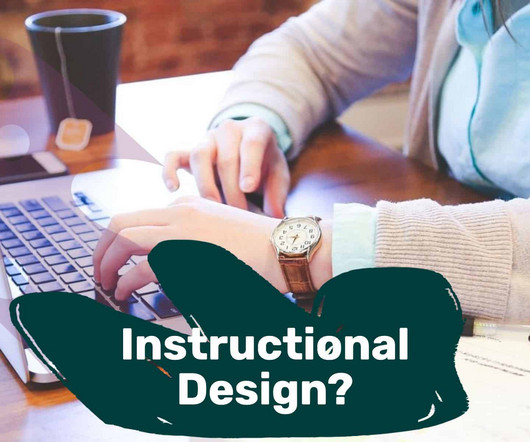Content, Skill and Scale: ID Best Practices?
Infopro Learning
JULY 27, 2023
Amidst this dynamic landscape, an unwavering and essential design principle remains – Instructional Design (ID), now often referred to as Learning Experience Designer. It begins with a meticulous analysis of learners’ needs and objectives, followed by the design and development of instructional materials.
































Let's personalize your content